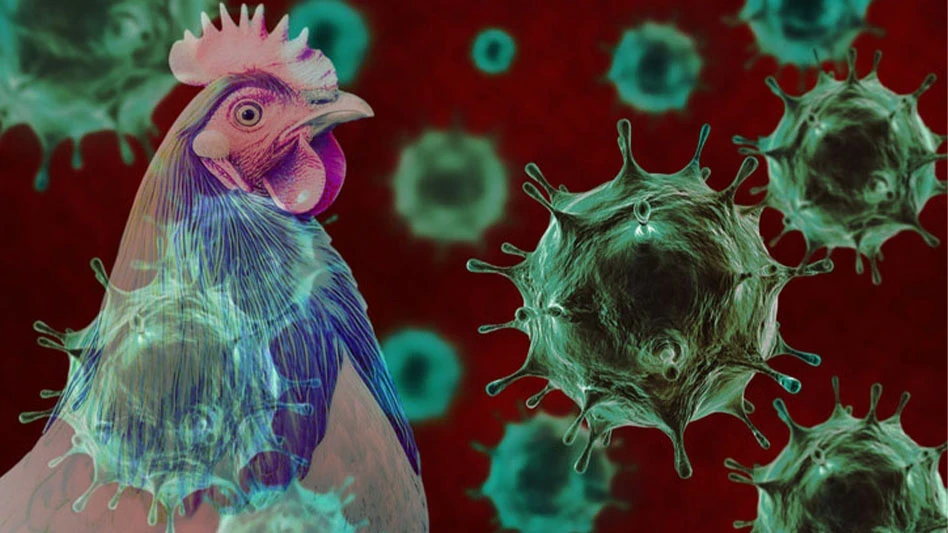
After my presentation at the Quality Assurance & Food Safety magazine Virtual Conference Dec. 2, 2021, I felt a summary would provide QA readers with information about what we’ve learned about employee hygiene during the COVID-19 pandemic and what to expect as we go forward.
Before we get too far into it, let’s think back (if we can) to before the pandemic. Did we know of employee hygiene concerns or issues? Did we know that not all employees were washing their hands properly or at each entry to production? Did we know that we had a break room designed for 30 people, but 50 people were trying to use it at once? Remembering where we were will help us to improve where we are now.
Let’s start by focusing on what we did to improve employee hygiene and protect the health of our employees. I’ll focus on four categories of improvement: Employee Hygiene, Sanitation, Facility Design and Other.
EMPLOYEE HYGIENE. We worked to protect our employees from COVID-19 by having employees wear face masks to prevent the spread of this respiratory virus. We also spread employees out, creating space between workstations and installing plastic separators. Another way we spread employees out was by creating a larger break room. Many plants brought in portable units, and some plants staggered start and break times to limit the number of employees in the break room and locker rooms at any one time. Lastly, we ensured that employees washed their hands well, often with refresher training on all good manufacturing practices (GMPs).
SANITATION. We learned a lot about sanitizers and disinfectants. Not all disinfectants are for use in food facilities. We adapted and added a disinfecting step to our sanitation plans, followed by a rinse and then sanitizing. We allotted more resources (people and time) to the sanitation effort. We have more equipment to clean and need more resources to get all that additional work done. We extended sanitation into other facility spaces. Many of these areas were sweep, mop, wipe down and go before the pandemic. Now they get a full sanitation effort. Many of us also implemented a deep cleaning of areas used by an employee after we were notified of a positive COVID test result.
FACILITY DESIGN. All our efforts so far have been a reaction to what I’ve learned to call the three Cs: confined spaces, crowded spaces and cleanliness. We cleaned differently and tried to minimize crowded spaces. In facility design, we attacked the confined spaces. We learned that we needed to open the dampeners for air make-up on air handlers. Allowing more fresh air make-up helps make the space less confined. In addition, we improved the efficiency of our filters — mostly from MERV 8 to MERV 12 ratings. We found ways to keep people we don’t know the health status of out of the plant. If you aren’t business critical, you don’t come in. Delivery and pick up drivers had to wait at a window or work by phone. Lastly, many facilities installed additional handwashes at locations where they were lacking or needed. Many installed automated handwashers.
OTHER. We also enacted improved training programs so employees were kept in the loop as standard operating procedures and policies changed with new COVID knowledge. Many companies changed their sick leave policy so employees would not come to work sick. Employee health questionnaires and temperature checks have also been implemented.
GOING FORWARD. What did we learn, and how will we carry this new knowledge forward? We learned we can adopt and adapt to new situations. We changed much about how we do business based on the needs of employee hygiene. We learned that we need to communicate often. Being fastidious in our communication is something I believe we need to carry forward. Employees need to know what is changing and how they need to act and react based on new information. We are now using many more sanitation tools to keep the facility and our people at the top of our game. We embraced technology.
The pandemic was just the kick in the pants we needed to address issues we may have already known about. We need to remember that we knew about some of these issues and accepted them. As we move into the post-pandemic world, we must find ways to not become complacent. We must know and understand that each misstep that is accepted is a potential for harm. We must step up so that these missteps don’t happen. I’m betting that building our culture of food safety in each plant will surely help to minimize these types of concerns and issues.
Get curated news on YOUR industry.
Enter your email to receive our newsletters.

Explore the January February 2022 Issue
Check out more from this issue and find your next story to read.
Latest from Quality Assurance & Food Safety
- Seeding The Future Global Food System Challenge Finalists Revealed
- TraceGains Launches AI-Powered Intelligent Document Processing to Improve Ingredient Safety, Compliance
- IFT Virtual Workshop on Food Fraud Prevention to Address Supply Chain Disruptions
- Penn State Course Covers Fundamentals of Food Science
- Joint FAO/WHO Expert Committee on Food Additives Seeks Experts
- FDA Reschedules Webinar on Updated ‘Healthy’ Claim
- Thousands More Laid Off at FDA, CDC in HHS Restructuring
- USDA Extends Deadline on Request for Information for Poultry Quality Standards





